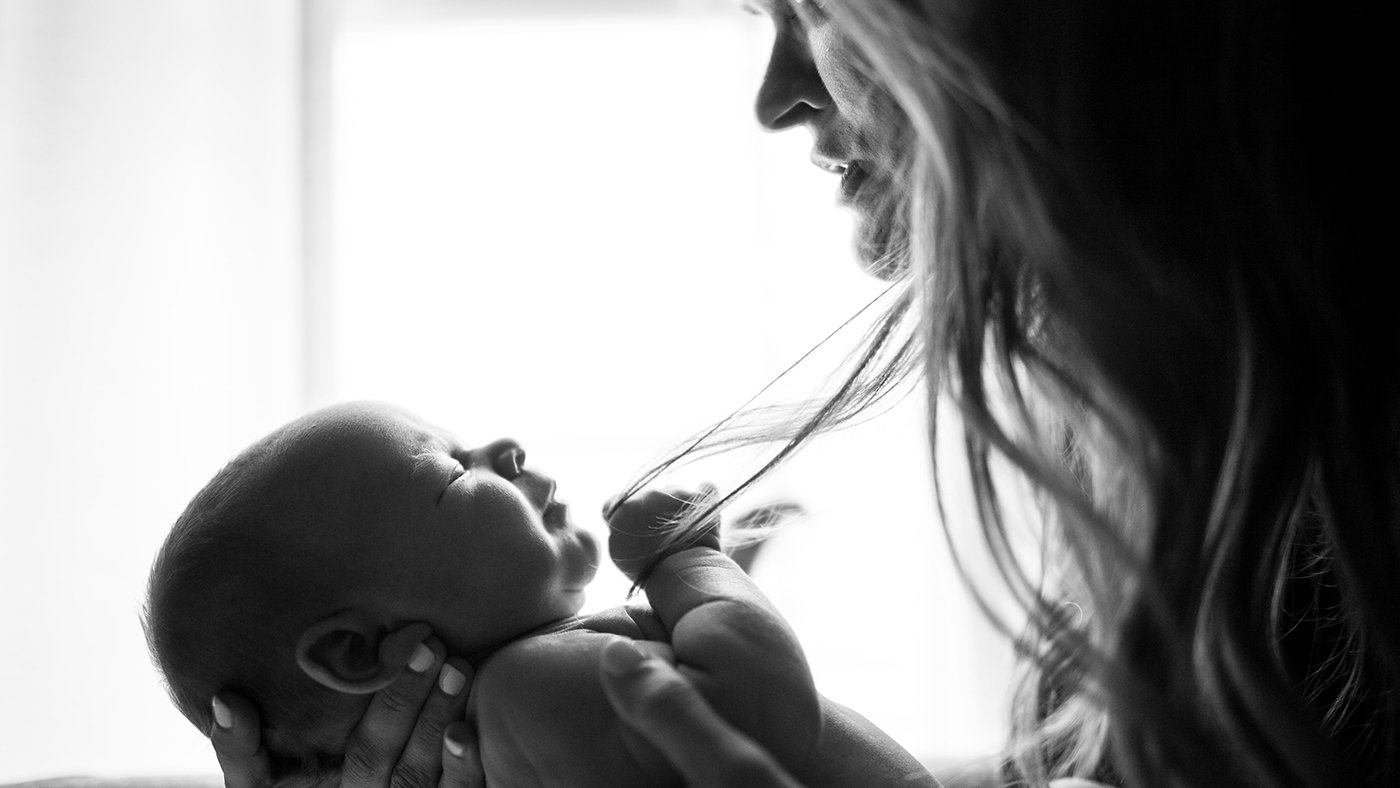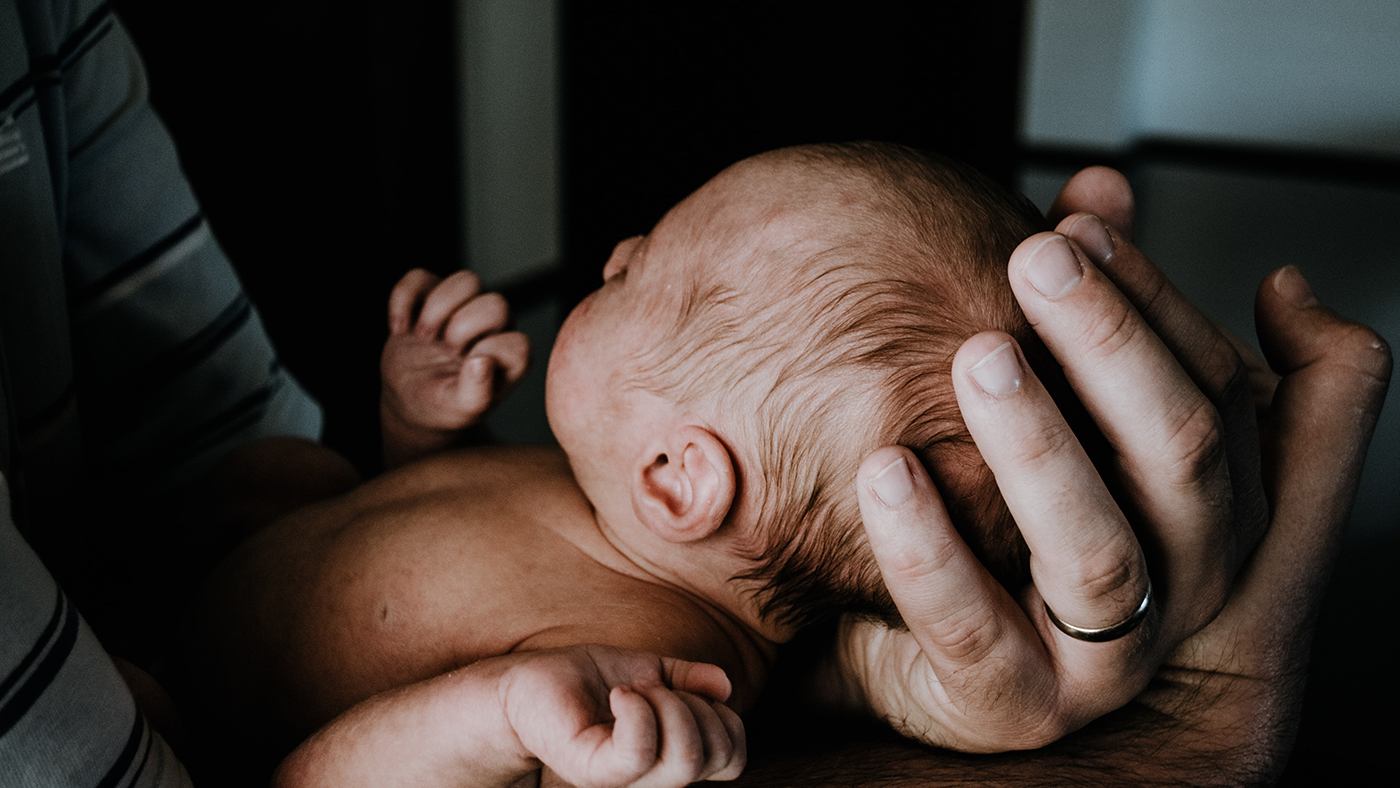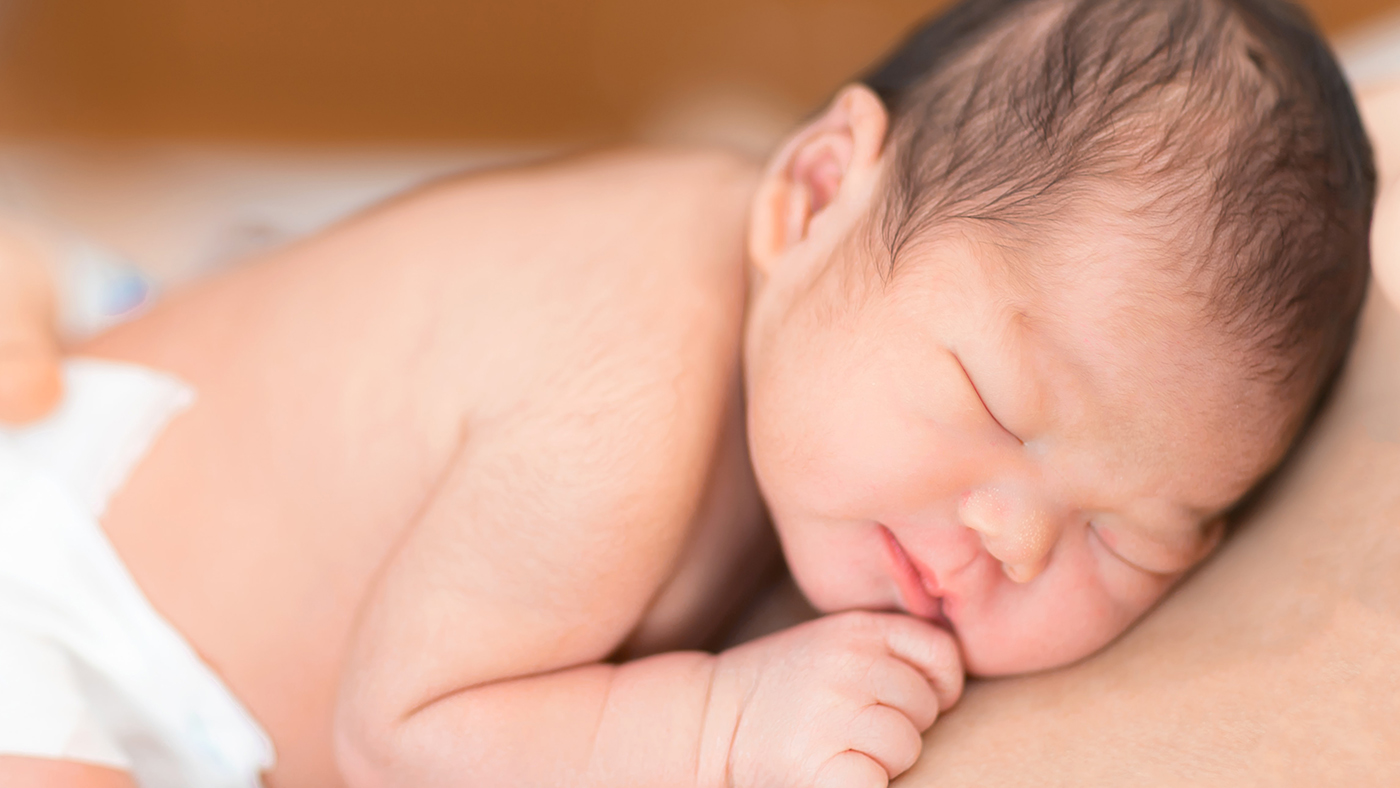Heads up - your newborn's primitive reflexes
- Gross Motor,
- Reflexes,
- Newborn

When you pick up a new baby or pass them to someone for their first cuddle, you often hear comments about making sure that you support their head! Your baby does not have the strength to control their head when they are born. But the ability to control their bodies starts at their head and moves to their toes so you will notice them holding their head steady and moving it to look at things quite quickly. In this blog, we will look at how your baby develops control of their head and the part that primitive reflexes play in your baby’s early head movements.

What are primitive reflexes?
Primitive reflexes are mediated at the brainstem and are responses to sensory stimuli that your baby has before and for a few months after birth. These reflexes have different roles but are concerned with survival. As your baby’s brain develops these primitive reflexes become integrated, with movements being controlled either by postural reflexes which are mediated at the midbrain or by conscious movements. The postural reflexes support the control of balance, position and movement, the development of these reflexes link closely with your baby’s physical development.
Primitive reflexes and head control
Tonic labyrinthine reflex
The tonic labyrinthine reflex is linked to movement of the head. If your baby’s head is below the level of their spine then your baby’s arms and legs will straighten, if their head is above the level of their spine your baby’s arms and legs will curl inwards. This reflex helps babies to develop muscle tone and coordination. It will also interact with other reflexes as your baby develops supporting the development of head control and balance.
Asymmetrical tonic neck reflex
The asymmetrical tonic neck reflex involves each side of your baby’s body moving in a slightly different way: when your baby is lying on their back and their head turns to one side, this reflex leads to the arm and leg on that side extending and the arm and leg on the opposite side bending. When your baby is lying on their tummy this reflex ensures that they can breathe as they will turn their head to one side. When you first try tummy time you might notice that even though your baby cannot lift and control their head yet, they will turn their head to the side.

Gaining control
Your baby will gain control of their head when lying on their tummy at first, so you might notice that they can briefly lift their head when on their tummy. As they gain more control, they will turn their head when on their back before being able to hold their head up for longer and turn from side to side. Giving your baby time lying on their tummy when they are awake and alert will help them to develop the control that they need to lift their head. If your baby doesn’t like lying on their tummy you could try lying them on your chest for ‘tummy time’ or varying the position that you hold them in so they feel their head in different positions and can begin to gain control of their head.

Read more:
Goddard-Blythe, S. (2004). The Well Balanced Child: Movement and Early Learning. Stroud: Hawthorn Press